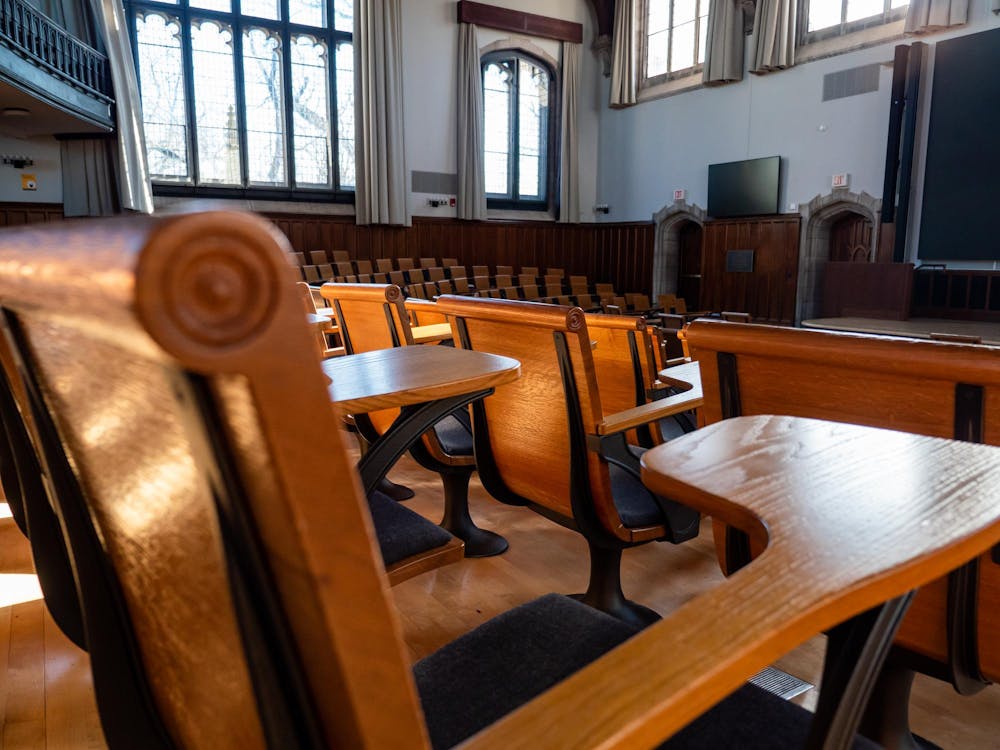Rapelye had told The Daily Princetonian in June that she estimated the yield for the Class of 2012 at “around 59 percent or just below 60 percent.” She has now confirmed that the official yield is 58.6 percent, representing a decline from last year’s yield of 67.8 percent.
The Class of 2012 includes more than 200 students from families of lower socioeconomic backgrounds, defined by Rapelye as a family of four with an annual income of $55,000 or less. The percentage of students in the Class of 2012 from those socioeconomic backgrounds is greater than that of any previous class, Rapelye added.
“We care about students from every socioeconomic background,” Rapelye said. “We want students from lower socioeconomic backgrounds to know it’s not a disadvantage for them to apply to Princeton.”
The Class of 2012 is also the most diverse and most international class yet, Rapelye said, explaining that 38 percent of the class is made up of “students of color.” In the incoming class, 17 percent of students are Asian American, 8 percent are African American, 8 percent are Hispanic, less than 1 percent are Native American, and 6 percent are multiracial.
The shift to a single-deadline process also coincided with the most balanced gender distribution in an incoming class ever, with 623 men and 620 women, Rapelye said.
“It was one of the unexpected outcomes ... suddenly the applicant pool balanced itself out,” she said.
The percentage of female students with a declared interest in engineering also rose to 46.6 percent from 37.4 percent just two years ago.
“The transition to a single-deadline process exceeded expectations,” Rapelye said. “This class is really strong, and we are delighted that they have exceeded our expectations in so many ways.”
An expected decrease in yield
The University had long anticipated a decline in yield during the first year after it joined Harvard and the University of Virginia in doing away with early admissions.
“It was a decision made with recognition that selectivity ratios and yield percentages may change, but that the underlying moral obligation to equalize the admissions process is more important,” Young Alumni Trustee Matt Margolin ’05 told the ‘Prince’ in September 2006.
Harvard had previously employed non-binding Early Action, while Princeton’s Early Decision policy had ensured 100-percent yield for about half of the incoming class in a given year. Harvard did not see a decline in yield in the last admissions round, according to a May 2008 article in The Harvard Crimson.

This year’s yield “seemed quite good given that we had been taking half the class with Early Decision at 100-percent yield,” Rapelye said. “It is impressive that the yield only went down by less than 10 points.”
But she also warned against focusing too much on particular statistics. “Yield is only one of the many, many things we look at,” Rapelye explained. “The quality of the class is as strong, or stronger, than ever.”
Early Decision was abolished to create a fairer process for students from minority groups and disadvantaged socioeconomic backgrounds, Rapelye said.







